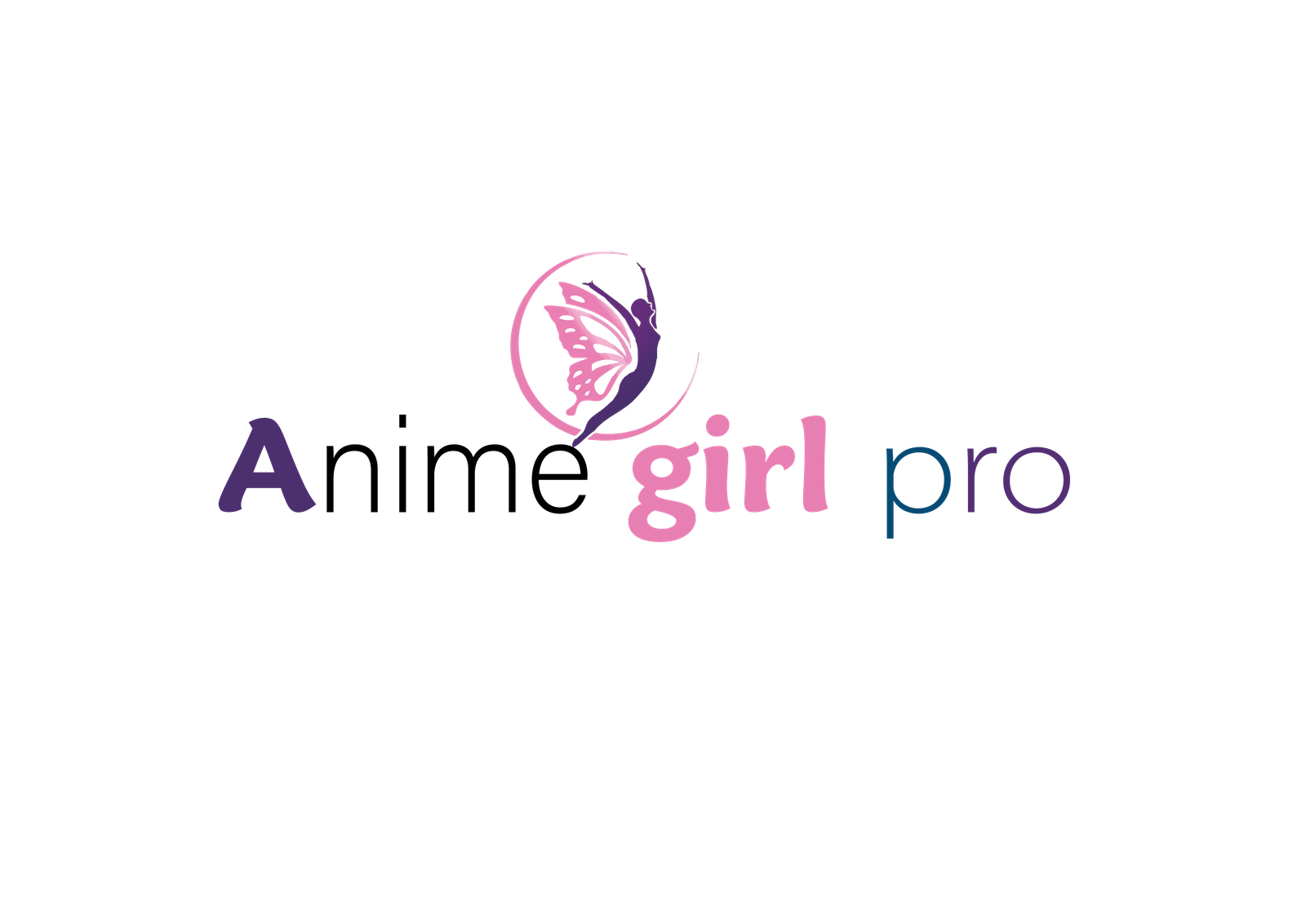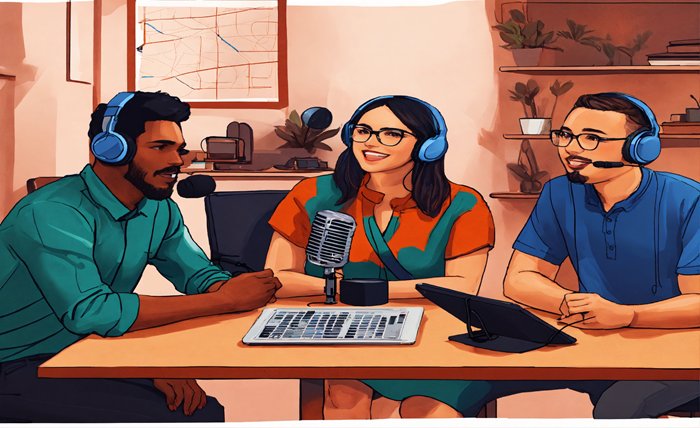Overview
Over the past few years, podcasting has been incredibly popular as a means for brands, creators, and people to effectively contact their audience. Knowing how to properly set up a podcast is crucial for guaranteeing your listeners have a great experience, regardless of whether you’re a hobbyist, aspiring podcaster, or trying to produce a professional production. For people who are unfamiliar with audio recording and editing, the podcasting process may initially appear intimidating. However, anyone can produce a podcast that sounds interesting and professional with the correct resources, information, and practice. From choosing equipment to recording and releasing your episodes, this guide will walk you through every step of starting your podcast setup.
Selecting a Topic and Niche for Your Podcast
Choosing the topic of your podcast is crucial before delving into the technical facets of podcasting. Any successful podcast is built on its content. Select a subject that interests you and that your target audience will find interesting. There are countless options for narrative, education, entertainment, and interviewing. It will be simpler to create your content strategy and draw in a loyal audience if you focus on a smaller specialty. Planning your podcast’s format, episode length, and guest appearances will be made easier if you have a clear idea of what you want to achieve.
Essential Equipment for Podcasts: What You’ll Need
Now that you’ve decided on a podcast concept, it’s time to consider the equipment needed to make it sound fantastic. The overall sound of your podcast can be greatly enhanced by investing in high-quality equipment, even though several podcasters begin with basic sets.
Below is a summary of the necessary podcasting gear:
The Microphone: The Center of Your Configuration
Perhaps the most crucial piece of gear for your podcast is the microphone you select. Clear and sharp audio is guaranteed with a high-quality microphone, which is essential for holding listeners’ attention. There are primarily two kinds of microphones available:
Dynamic microphones: are excellent for recording in untreated spaces because they are robust and less susceptible to background noise. The Audio-Technica AT2005 and the Shure SM7B are two well-liked versions.
Condenser Microphones: Condenser microphones are ideal for recording voice detail in controlled settings because of their wide frequency response and excellent sensitivity. Another well-liked option is the Audio-Technica AT2020.
Pop Filter
A cheap device called a pop filter lessens the “popping” noises produced by strong consonants like “P” and “B.” If you’re utilizing a condenser microphone, it’s strongly advised.
Headphones
Having high-quality headphones is crucial for recording and listening to your audio. The best headphones are closed-back ones because they keep sound from leaking in and let you concentrate only on the music.
Interface for Audio
A device that converts analog sound into digital format by connecting your microphone to your computer is called an audio interface. For both novices and experts, the Focusrite Scarlett 2i2 is an excellent option.
Optional Mixer
A mixer will be a useful addition to your podcast setup if you intend to host several guests or oversee several audio sources (such as calls, sound effects, or music). Real-time audio level adjustments are possible with mixers.
Organizing Your Space for Recording
The audio quality of your podcast setup can be greatly affected by the location where it is recorded. Even the best equipment will sound mediocre in a noisy or acoustically challenging environment. Here are some tips for making the most of your recording environment:
Selecting the Proper Site
Select a peaceful area away from outside noise sources such as loud neighbors, traffic, and household appliances. Avoid recording in areas that are prone to echo, including vast rooms with hard surfaces, if at all possible.
Sound Absorption
Install soundproofing elements in your space, like drapes, carpets, and foam panels. The recording environment will be cleaner thanks to these materials’ ability to absorb sound and lessen echo.
Reduction of Background Noise
Any appliances or equipment that can add extra noise to your recording should be turned off. For example, a fan may seem inconspicuous to you, but your audience may notice.
Software for Podcast Recording: Success Tools
You can record and edit your audio with podcast recording software. There are a variety of programs accessible, from those that are easy for beginners to sophisticated software that has many capabilities.
The following are some of the top choices for podcast recording software:
The audacity
An open-source, free program for recording and modifying audio is called Audacity. Although it’s easy to use, it has enough power to manage podcast setup of a professional caliber. Audacity offers all the essential editing features and is excellent for novices.
Adobe Audition
Adobe Audition is a feature-rich professional audio editing application. Podcasters who wish to have greater control over their audio mixing and editing would love it.
GarageBand
GarageBand is a fantastic free podcast recording and editing tool for Mac users. It has enough tools to create a podcast setup of excellent quality and is simple to use.
Making a Podcast Episode Record
It’s time to begin recording your episode when you’ve selected your recording program and assembled your equipment. To ensure a seamless recording session, adhere to the following steps:
Draft an Outline
Make a brief overview of the key topics you wish to discuss in your episode before you start recording. This will assist avoid rambling and keep the conversation on the topic.
Check Your Configuration
Make that your recording software, audio interface, and microphone are all operating correctly by running a simple test. Take a quick video and listen for any problems, such as distortion, unpleasant noises, or background noise.
Making Quality Edits to Your Podcast Setup
Editing comes next after your episode has been recorded. To polish your content, eliminate errors, and enhance the overall sound quality, editing is an essential step in the podcast production process.
Fundamental Editing
Eliminate awkward transitions, excessive pauses, and superfluous filler words like “um” and “uh”. Try to keep the episode flowing cleanly and smoothly.
Reduction of Noise
Use the noise reduction features in your editing program to eliminate any hums or background noise from your recording. You can sample the noise and remove it from the full recording with a lot of apps.
How to Choose the Best Platform for Podcast Setup
To distribute your episode after it has been recorded and edited, you will want a podcast setup site. A podcast host creates an RSS feed that lets people subscribe to your show and saves your audio files.
These are a few well-known platforms for hosting podcasts:
Libsyn
Liberated Syndication, or Libsyn, is one of the most reputable and established podcast hosting companies. It provides distribution to well-known platforms like Apple Podcasts, Spotify, and Google Podcasts, as well as limitless bandwidth and a range of revenue-generating choices.
Anchor
Anchor makes podcasting easier with their free podcast setup service. It provides automated distribution to all of the main podcast sites and is simple to use. Additionally, Anchor offers revenue tools like ad integration.
Making Money from Your Podcast
There are several ways to begin making money from your podcast after it is well-established and drawing listeners:
Collaborations
You may draw sponsors that wish to place advertisements on your podcast setup as your listenership expands. Pre-roll and mid-roll advertisements are two examples of sponsorships.
Donations from Listeners
Listeners can directly sponsor your podcast setup using websites like Patreon. You can reward your fans with special content or benefits in exchange.
Goods and Services
One excellent method to make money off of your podcast setup and spread the word about it is to sell branded products like t-shirts or mugs.
Conclusion Podcast Setup
It takes preparation, commitment, and the appropriate resources to launch a podcast. You can position yourself for success by selecting the appropriate gear, making the most of your recording area, and employing efficient editing and promotion techniques. This article has provided you with all the necessary procedures to help you produce a high-caliber show that appeals to your audience, regardless of whether you’re recording your first episode or want to enhance your current podcast setup.
FAQ Podcast Setup
Which microphone is ideal for novices?
The Blue Yeti or the Audio-Technica AT2020 are great choices for novices. They offer high-quality sound at a reasonable cost.
Is an audio interface required?
Yes, to connect an XLR microphone to your computer, you will need an audio interface. An interface is not necessary for USB microphones.
How frequently should I publish episodes of my podcast?
The secret is consistency. The timing ultimately depends on your availability and material, although many successful podcasters release episodes every week or every two weeks.

